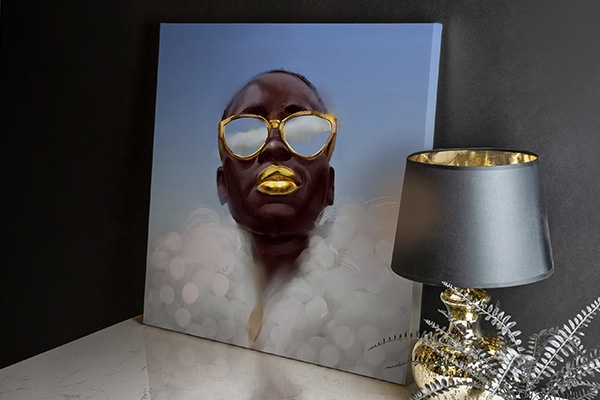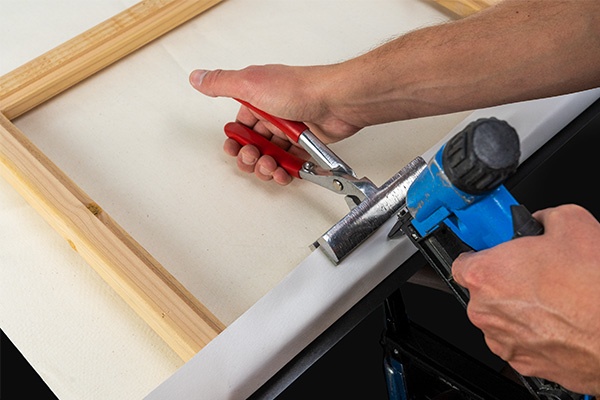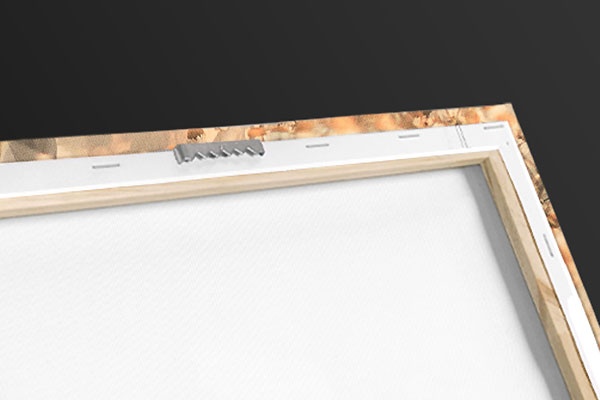1920s television system, diagram Wall Art
21″ × 12″ Stretched Canvas Print
About the Artwork
1920s television system, diagram - Item # 1411501
1920s television system, diagram. This is the television system used by the Scottish engineer John Logie Baird (1888-1946), and first demonstrated in 1926. The transmitting apparatus is at left, and the receiving apparatus is at right. The system used a rotating mechanical disk with 50 holes in a spiral to break up the picture into areas to record and transmit. The information was transmitted using radio waves. At the receiver, the information is used to build up the image, which is observed through the holes of another rotating disc. Diagram published in Television (Dinsdale, 1928).
Product Specifications
- Expertly Handcrafted
- 1.25" Solid Wood Stretcher Bars
- Artist-Grade Canvas
- Fade-Resistant Archival Inks
- Hanging Hardware Pre-Installed
- Width: 21″
- Height: 12″
Item # 1411501
Product Features
Elevate any room with our handcrafted stretched canvas gallery wraps. Printed with archival inks and wrapped around a 1.25” inch solid wood stretcher bar, our giclée big canvas art prints are a timeless option for any decor style or space.

Our giclée canvas art prints are produced with high quality, UV-resistant, environmentally-friendly, latex inks and artist grade, polycotton canvas. We pride ourselves on color accuracy and image clarity to ensure your new canvas wall art lasts for years to come.

Assembled in the USA, each of our 1.25” inch gallery wrapped canvas art prints is stretched and stapled by our highly skilled craftspeople. Each canvas print is carefully handcrafted to ensure taut canvas wraps and clean corners for outstanding quality and durability.

Our handcrafted stretched canvas prints include sawtooth hangers for an easy and secure installation.
Product Reviews
Frequent Questions
Recently Viewed
Clear Recently Viewed?
Are you sure you would like to clear your recently viewed items?
Pricing policy: The full list price is a price at which we have offered the product for sale; however, we may not have sold the item at that price.




